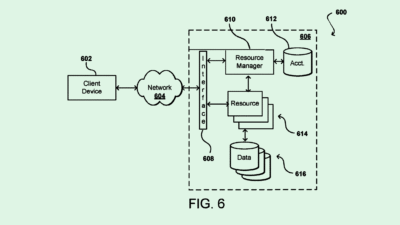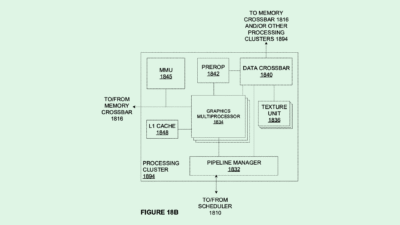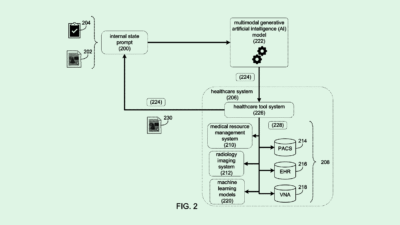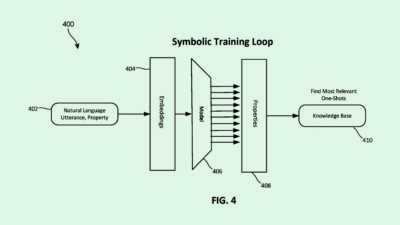Big Tech Is Still Grappling With AI’s Energy Problem
Meeting energy demand without excess carbon emissions may require doing more with what we have.
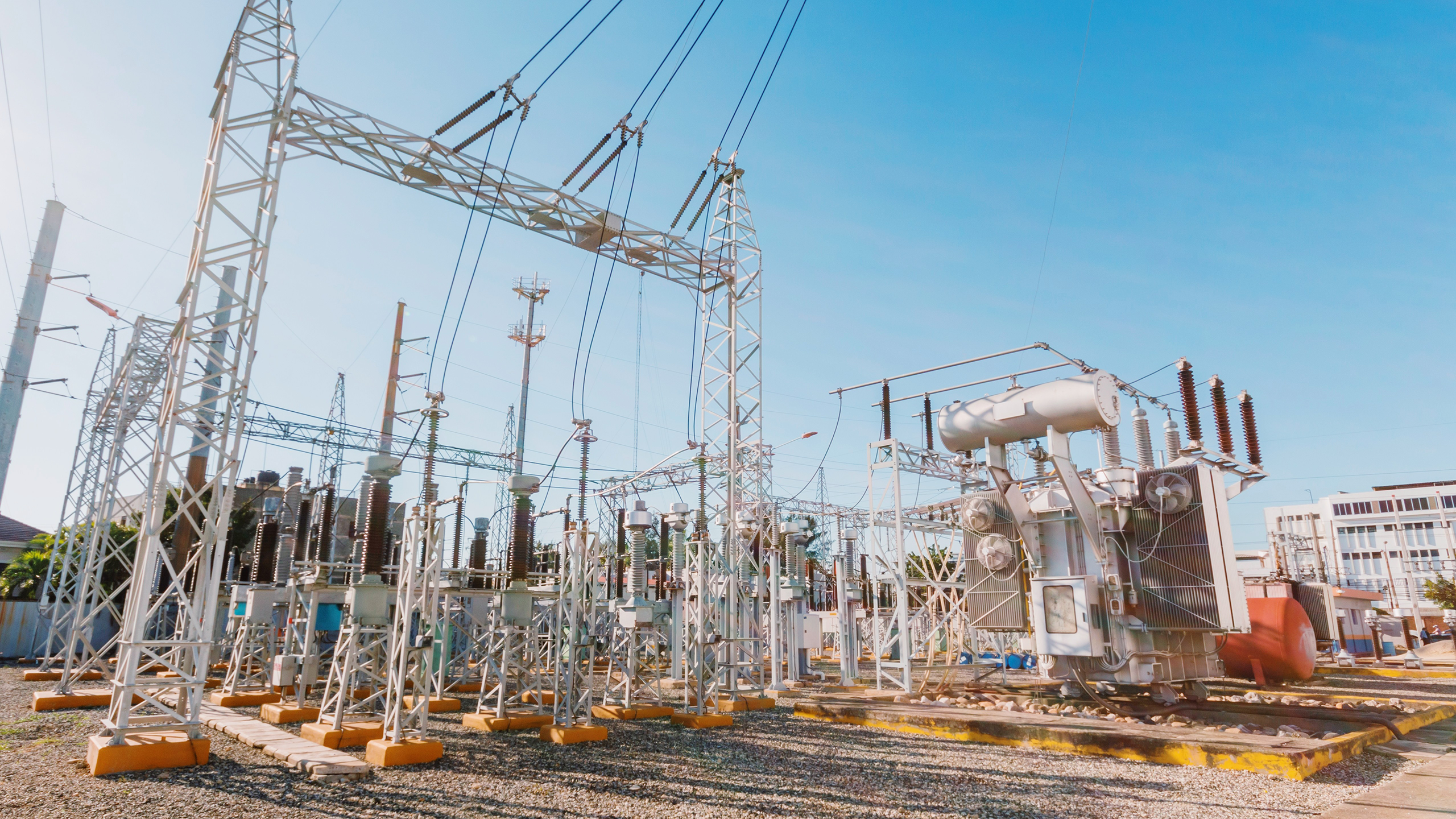
Sign up to get cutting-edge insights and deep dives into innovation and technology trends impacting CIOs and IT leaders.
What will it take to reckon with AI’s energy problem?
As AI development causes an explosion of data center demand, how the industry will be powered as it grows – and what the environmental consequences of powering it may be — remain open questions. A Harvard University study found that the carbon intensity of electricity used by data centers is 48% higher than the US average.
Though their AI ambitions show no signs of abating, tech giants are seemingly reading the tea leaves on this issue. On Monday, Google announced a deal to purchase 200 megawatts of power from Commonwealth Fusion Systems’ first commercial plant, which aims to begin delivering energy to the grid in the early 2030s:
- The search-engine giant isn’t alone in its maneuvering. Meta signed a deal last week to source nearly 800 megawatts of solar and wind energy from Invenergy. Microsoft has signed a number of clean energy procurement deals over the past year, and Amazon was named the top corporate purchaser of renewable energy in Europe earlier this year.
- Their efforts may not be in vain. In Google’s most recent sustainability report, released last week, the company claims it has “successfully decoupled our operational energy growth from its associated carbon emissions.” Though its power demand from data centers grew 27%, its data center energy emissions dropped 12%.
Demand, however, might be outpacing clean energy’s ability to keep up, said Hannah Bascom, chief growth officer at Uplight. According to MIT Technology Review, AI could consume as much electricity as 22% of all US households by 2028.
“I think that we are definitely going to see a crunch in terms of the ability to get enough energy to supply these data centers,” said Bascom. “The reality is that you can’t build it fast enough in a lot of instances.”
And with AI adding pressure, the clean energy transition is going to rely on support from major tech firms, both in rethinking currently available technology and developing innovations, such as fusion and modular nuclear plants, said Jon Guidroz, senior vice president of commercialization and strategy for Aalo Atomics.
“From where I’m sitting, it feels like a really sincere commitment to the long term around this,” Guidroz said. “That’s just so critical for innovation to be pulled into mainstream commercialization.”
Though scaling nuclear energy can be a slow process, a lot can be done with the energy assets and infrastructure that are currently available, Bascom said. As it stands, meeting current power demands may require a “fundamental rethink of how we run the grid,” she said.
Load flexibility, or shifts in when energy is used, can have a major impact on a power grid’s ability to keep up with demand, Bascom added. One study from Duke University, released in February, found that cutting back grid power usage by half a percent of its annual uptime could add 100 gigawatts of power for larger loads.
“We have to figure out how to get more out of the grid that we have and invest only incrementally, really where we need it,” said Bascom.

